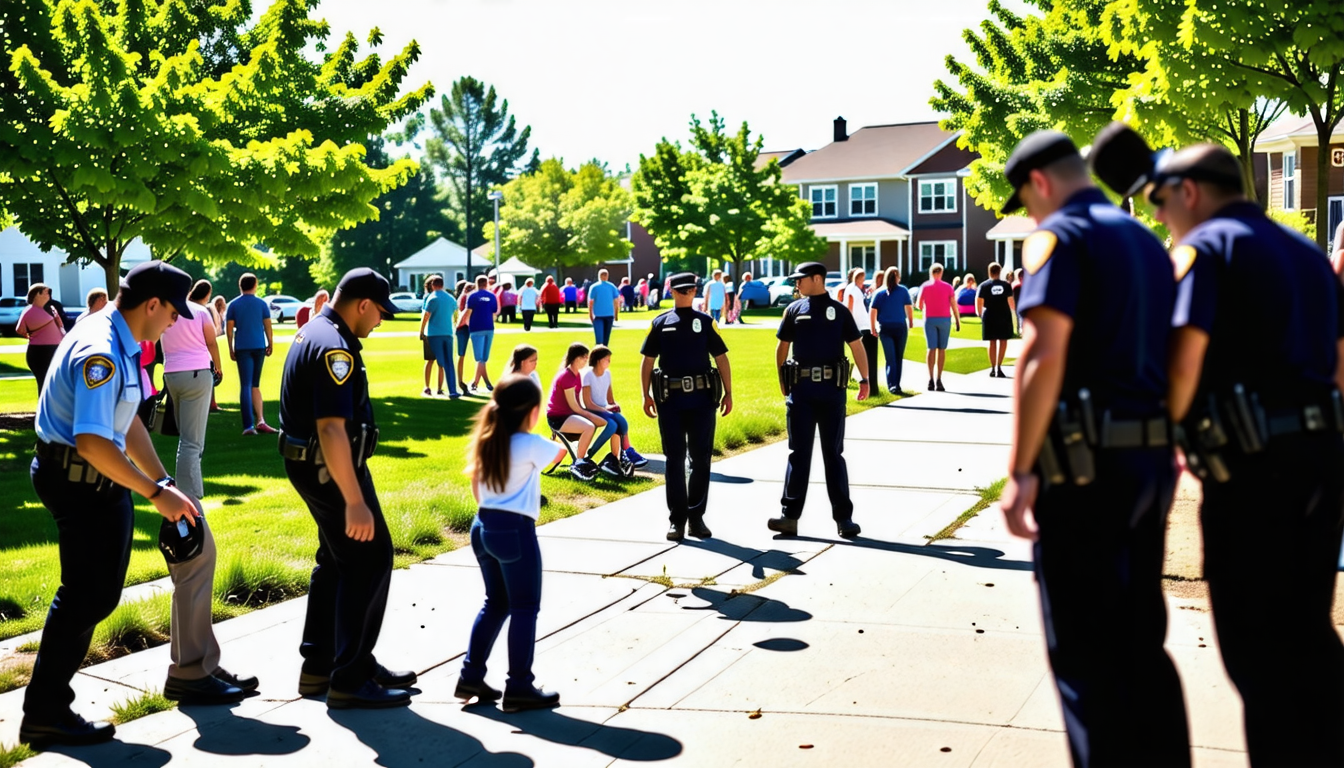|
SUMMARY
|
In the realm of law enforcement, police vehicle operations are governed by a set of strict regulations designed to ensure safety and efficiency. These guidelines outline not only the circumstances under which officers can respond to emergencies but also the protocols they must follow while driving. Each state may have differing laws, such as the RCW 46.61.035, which clarifies the privileges of authorized emergency vehicles. From the wearing of seat belts to the enforcement of traffic rules during routine and emergency calls, these regulations help safeguard both officers and the public. As we delve deeper, we will explore the various aspects of these operational standards, illuminating their significance in maintaining order on our roads.
The operations of police vehicles are governed by a series of regulations aimed at ensuring safety, efficiency, and compliance with legal standards. These guidelines are critical for law enforcement officers as they navigate various scenarios, from routine patrols to high-speed pursuits. Understanding these regulations is crucial not only for the officers involved but also for the community they serve.
Conclusion on Compliance and Accountability
Compliance with these regulations not only ensures the safety of law enforcement personnel but also enhances public trust and accountability. Officers are constantly reminded of the importance of following established protocols to maintain order within the community. Through ongoing training and adherence to vehicle operation regulations, law enforcement can effectively serve and protect while upholding the public interest.
In summary, the various regulations governing police vehicle operations are designed to facilitate the effective response of law enforcement personnel while maintaining the safety of both officers and community members. Understanding and complying with these guidelines is essential for all involved parties.
Authority and Responsibility
While police officers have the authority to bypass certain traffic regulations under emergency conditions, they also bear significant responsibility for their actions. Training in the law regarding vehicle operation ensures officers understand when and how to exercise these privileges while maintaining public safety. Misusing emergency powers can lead to dangerous situations that endanger both the officers and civilians alike.
The regulations surrounding police vehicle operations are critical for ensuring public safety while allowing law enforcement officers to perform their duties effectively. According to the Pennsylvania Vehicle Code, officers are permitted to break certain traffic laws during emergencies, notably the ability to run red lights and exceed speed limits. However, they must do so with caution to minimize risks to civilian drivers.
Moreover, the Texas Transportation Code specifies that police officers must operate emergency vehicles under both normal and emergent conditions with adherence to defined traffic laws, except when responding to emergencies. For instance, during a chase, they are instructed to prioritize safety while pursuing suspects, balancing their duty to catch criminals against the potential risk to the public.
Training in emergency vehicle operations is mandated for all personnel within various departments. The Wichita Police Department emphasizes the necessity for structured training programs to mitigate accidents given the significant increase in emergency calls, which reportedly rise over 15% annually. Such initiatives are crucial for maintaining the integrity and safety of police operations, ultimately fostering community trust while effectively managing law enforcement responsibilities.
The regulations surrounding police vehicle operations play a crucial role in maintaining order and safety during both routine and emergency situations. Several guidelines dictate how law enforcement officers should operate their vehicles, particularly when responding to urgent calls or engaging in pursuits. For instance, regulations permit officers to break standard traffic rules under specific circumstances to facilitate swift responses, enhancing public safety. Additionally, training in emergency vehicle operation is mandatory. This ensures that officers are prepared to handle the unique challenges faced on the road. Compliance with these standards not only protects officers and civilians alike but also strengthens the community’s trust in law enforcement’s ability to act decisively while upholding the law.
FAQ
What are the minimum standards for vehicles used by law enforcement officers?
R: Law enforcement vehicles must meet minimum standards established by regulations, which include specific performance and safety requirements to ensure effective operations during both routine and emergency situations.
Can police officers break traffic laws when responding to emergencies?
R: Yes, under certain conditions outlined in the Pennsylvania Vehicle Code, police personnel are authorized to break traffic regulations when responding to emergencies, but they must operate with caution.
Are police officers required to wear seat belts in emergency vehicles?
R: Yes, Texas state law mandates that all drivers of vehicles, including police officers operating emergency vehicles, must wear seat belts while driving.
What protocol is followed when approaching an emergency vehicle?
R: According to RCW, when an emergency vehicle approaches, the driver of other vehicles is required to yield the right-of-way and pull over to the side of the road as close as possible.
Do police vehicles need to display certain lights or sirens when in operation?
R: It is not mandatory for police vehicles operated as emergency vehicles to display red lights visible from the front; however, they do need to follow specific operational guidelines during both emergency and non-emergency situations.
